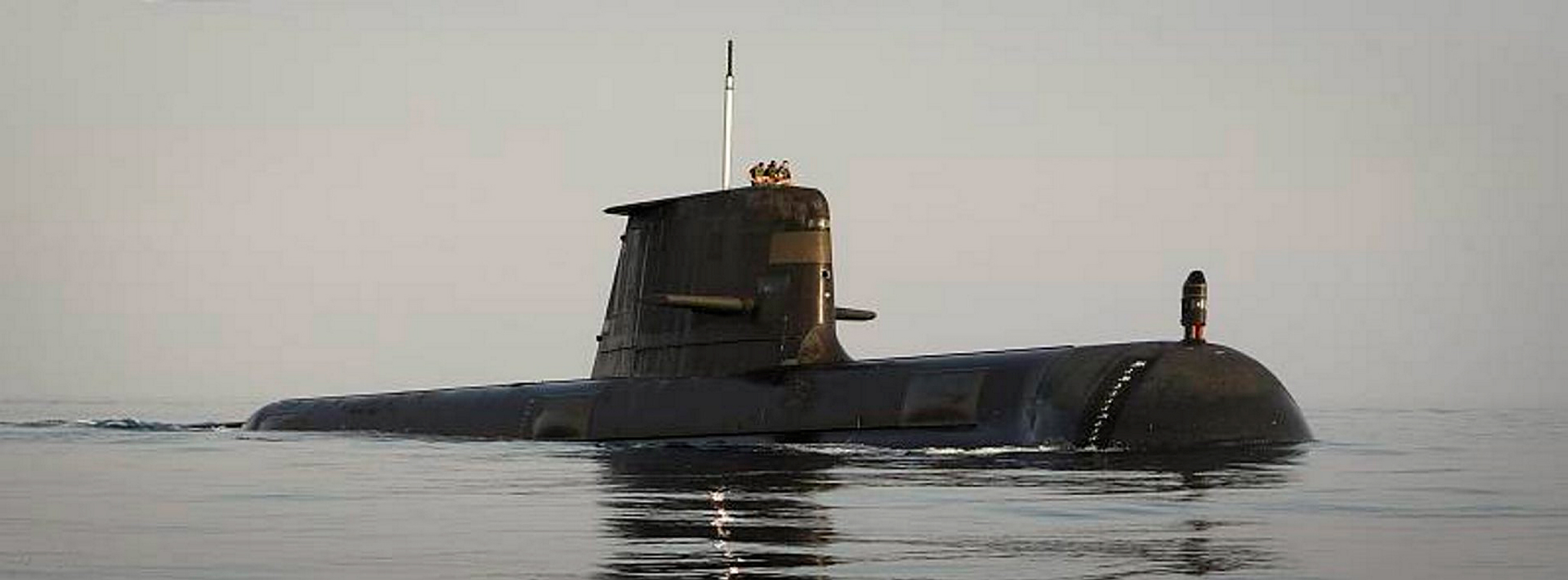Submarines: the silent service needs to make some noise
Posted By Katherine Ziesing on November 23, 2012 @ 05:00
As Andrew Davies noted here recently [2], the debate at the 2012 Submarine Institute of Australia (SIA) wasn’t over whether submarines should be built in Australia—that’s a forgone conclusion.
Speeches from both sides of politics (both Parliamentary Secretary Feeney [3] and Defence Materiel Minister Jason Clare [4] from the government side) and Shadow Defence Minister David Johnston made it very clear that the politicians are on board the move. DMO CEO Warren King, in speaking at the event dinner, was also enthusiastic about the program and the abilities of Australian industry to get the job done. Though none of them were willing to be the face and voice of the program, the right words were indeed there.
The decision to build 12 submarines in the 2009 White Paper came as a shock to many, even at the highest levels. Until Kevin Rudd’s RSL speech in Townsville, the number was firmly at six boats; six new boats to replace the six old boats. This magical doubling of the fleet (regardless of the actual boat chosen) has no strategic thinking behind it.
The doctrinal justification behind such a fleet doesn’t exist. And believe me, I’ve looked. And looked. And asked uncomfortable questions. Repeatedly. And the business case behind the announcement was even thinner. As we all know, thanks to Mark Thomson [5], the financial underpinning of the 2009 White Paper was laughable.
The boat outlined in the 2009 White Paper [6] (PDF, p70) is a nuclear one in capability respects. But it then goes onto expressly rule out such an option. Despite this explicit announcement, the debate over the possibility of a nuclear option [7] continues. This issue needs to be put to rest once and for all. Amongst the expert community present at the SIA event, it was barely even canvassed, except to be dismissed.
The two top submarine people in the land, DMO’s Manager of Submarines David Gould (who has oversight of the current and future submarine programs) and ASC’s CEO Steve Ludlam, both of whom have nuclear boat backgrounds in the UK, are in firm agreement that a nuclear build in not in the Australian interest, purely from a risk point of view alone. And the US has reportedly made it clear through various channels that it would prefer Australia to have conventional boats to undertake tasks not suited to nuclear boats.
As far as the actual building of whatever conventional boat we settle on, I think the case for building them here is a reasonable one. Whilst I have dry tendency towards the economic end of the scale, I’m not quite in the same league as ASPI. The ASPI contention that the Productivity Commission should examine the issue of foreign versus domestic shipbuilding has some credibility. But the definition of such a study would be crucial, as would understanding the security and sovereignty implications of their recommendations. I believe the numbers would show quite clearly that the benefits an Australian build would bring to local industry in the growth and support of local jobs, even excluding multiplier effects and political machinations, are worthwhile.
And that’s what must be shown; the numbers behind the business case and the relevant security case (behind closed doors). What’s the business case for a local build? Can we crew a bigger boat sufficiently? What are the strategic imperatives for an Australian submarine fleet? These questions were skirted around in the 2009 White Paper and answered very sparsely. One can only hope the 2013 offering can provide greater clarity.
In speaking at the SIA event, I had more than a few people comment on how ‘forthright’ my presentation was. But my message was actually a modest one; get your act together, resolve your differences and present a united front. I’d like to reiterate that message here to the interested players in politics, procurement and Navy. Have a debate inside your organisations about what you want to achieve and how to do it. And then educate the public on it in a coherent way.
Spending billions of taxpayer dollars on something the average person cares not a whit for is a tough sell. There is a whole swathe of people who don’t know the difference between a ship and a boat—and they don’t care. Ultimately, the silent service needs to make some noise if the doubled submarine fleet is to become a reality.
Katherine Ziesing is the editor of Australian Defence Magazine, an independently published magazine on Defence capability and procurement. She is also a board member of the Sir Richard Williams Foundation, an air power think tank. Image courtesy of Department of Defence [8].
Article printed from The Strategist: https://www.aspistrategist.org.au
URL to article: https://www.aspistrategist.org.au/submarines-the-silent-service-needs-to-make-some-noise-2/
URLs in this post:
[1] Image: http://www.aspistrategist.org.au/wp-content/uploads/2012/11/20120920ran8484535_079.jpg
[2] noted here recently: http://www.aspistrategist.org.au/cant-we-just-build-submarines/
[3] Parliamentary Secretary Feeney: http://www.minister.defence.gov.au/2012/11/15/parliamentary-secretary-for-defence-speech-to-the-submarine-institute-of-australia-biennial-conference-canberra/
[4] Defence Materiel Minister Jason Clare: http://www.minister.defence.gov.au/2012/11/14/minister-for-defence-materiel-submarine-institute-of-australia-6th-biennial-conference/
[5] thanks to Mark Thomson: http://www.aspi.org.au/publications/publication_details.aspx?ContentID=339
[6] 2009 White Paper: http://www.defence.gov.au/whitepaper/docs/defence_white_paper_2009.pdf
[7] possibility of a nuclear option: http://www.cis.org.au/media-information/opinion-pieces/article/4597-australias-nuclear-sub-option
[8] Department of Defence: http://images.defence.gov.au/20120920ran8484535_079.jpg
Click here to print.
